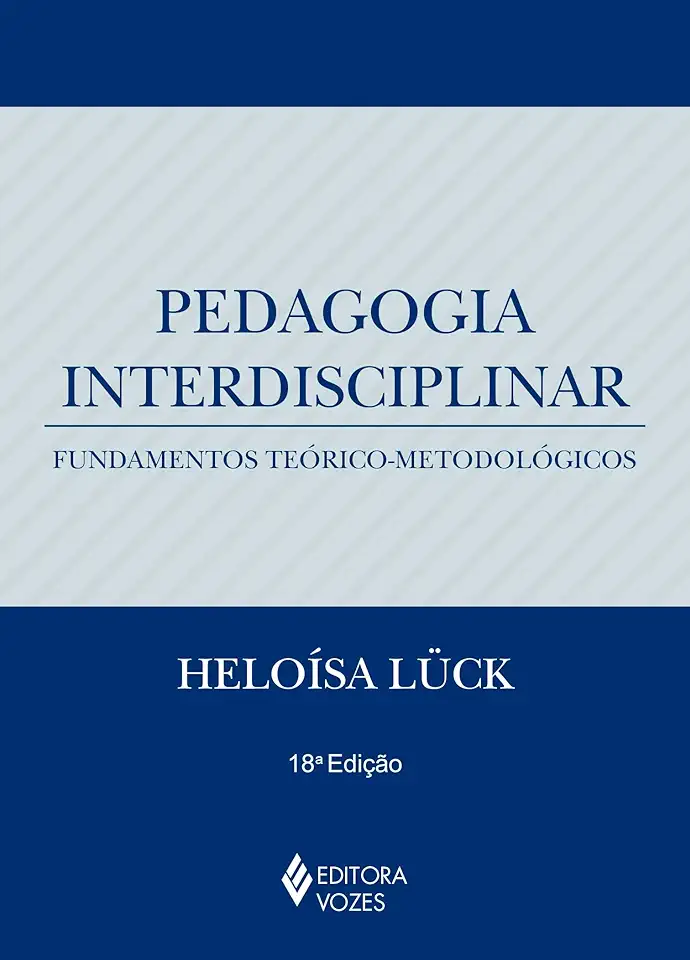
Interdisciplinary Pedagogy - Heloísa Lück
Interdisciplinary Pedagogy: A Comprehensive Guide to Teaching Across Disciplines
Introduction
In today's rapidly changing world, it is more important than ever for students to be able to think critically and creatively, and to solve problems effectively. Interdisciplinary pedagogy is an approach to teaching that can help students develop these skills by encouraging them to make connections between different subjects and disciplines.
What is Interdisciplinary Pedagogy?
Interdisciplinary pedagogy is a teaching approach that integrates content and methods from two or more disciplines to create a more holistic and comprehensive learning experience for students. It encourages students to think critically about the relationships between different subjects and to apply their knowledge to real-world problems.
Benefits of Interdisciplinary Pedagogy
There are many benefits to using interdisciplinary pedagogy in the classroom. Some of the benefits include:
- Increased student engagement: Interdisciplinary pedagogy can help to increase student engagement by making learning more relevant and interesting. When students are able to see the connections between different subjects, they are more likely to be motivated to learn.
- Improved critical thinking skills: Interdisciplinary pedagogy can help students to develop critical thinking skills by encouraging them to analyze and synthesize information from different sources. Students who are able to think critically are better able to solve problems and make informed decisions.
- Enhanced problem-solving skills: Interdisciplinary pedagogy can help students to develop problem-solving skills by encouraging them to apply their knowledge to real-world problems. Students who are able to solve problems are better able to adapt to change and succeed in the workplace.
- Greater creativity: Interdisciplinary pedagogy can help students to develop creativity by encouraging them to think outside the box and come up with new ideas. Students who are creative are better able to generate new solutions to problems and to innovate.
How to Implement Interdisciplinary Pedagogy
There are many different ways to implement interdisciplinary pedagogy in the classroom. Some of the most common methods include:
- Project-based learning: Project-based learning is a teaching method that allows students to learn by working on real-world projects. Projects can be interdisciplinary in nature, and they can encourage students to collaborate with each other and to apply their knowledge to real-world problems.
- Problem-based learning: Problem-based learning is a teaching method that allows students to learn by solving real-world problems. Problems can be interdisciplinary in nature, and they can encourage students to think critically and to apply their knowledge to real-world situations.
- Inquiry-based learning: Inquiry-based learning is a teaching method that allows students to learn by asking questions and conducting research. Inquiry-based learning can be interdisciplinary in nature, and it can encourage students to develop critical thinking skills and to become independent learners.
Conclusion
Interdisciplinary pedagogy is a powerful teaching approach that can help students to develop the skills they need to succeed in the 21st century. By integrating content and methods from different disciplines, interdisciplinary pedagogy can create a more holistic and comprehensive learning experience for students.